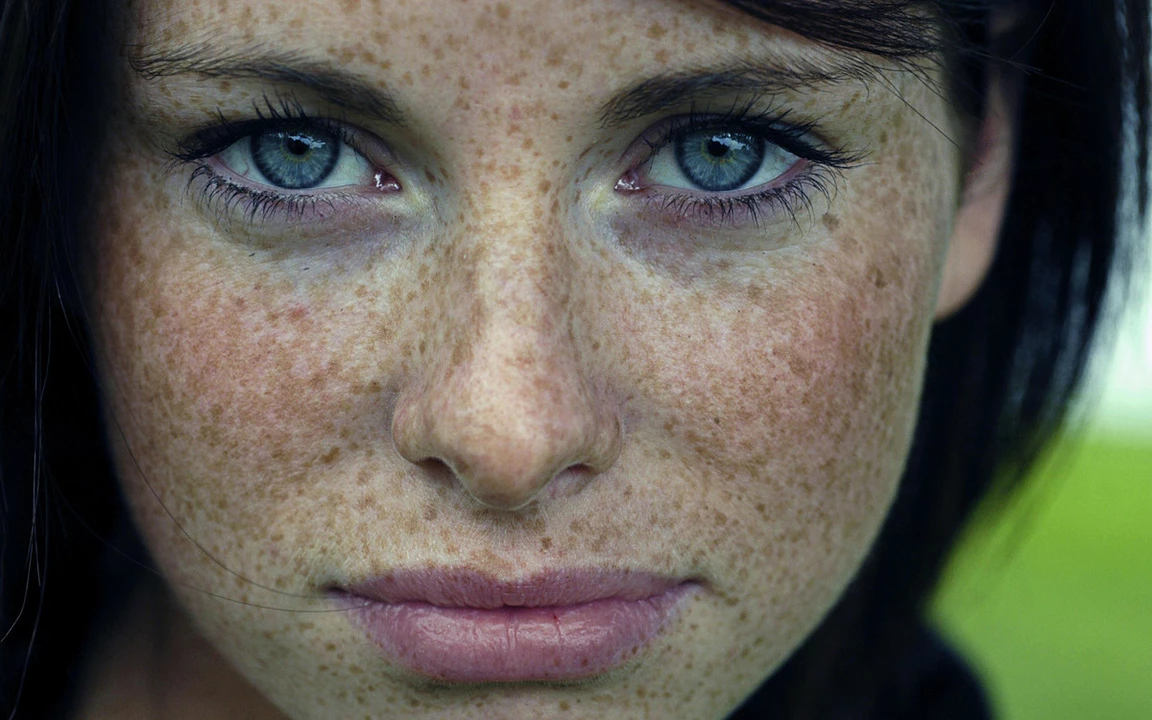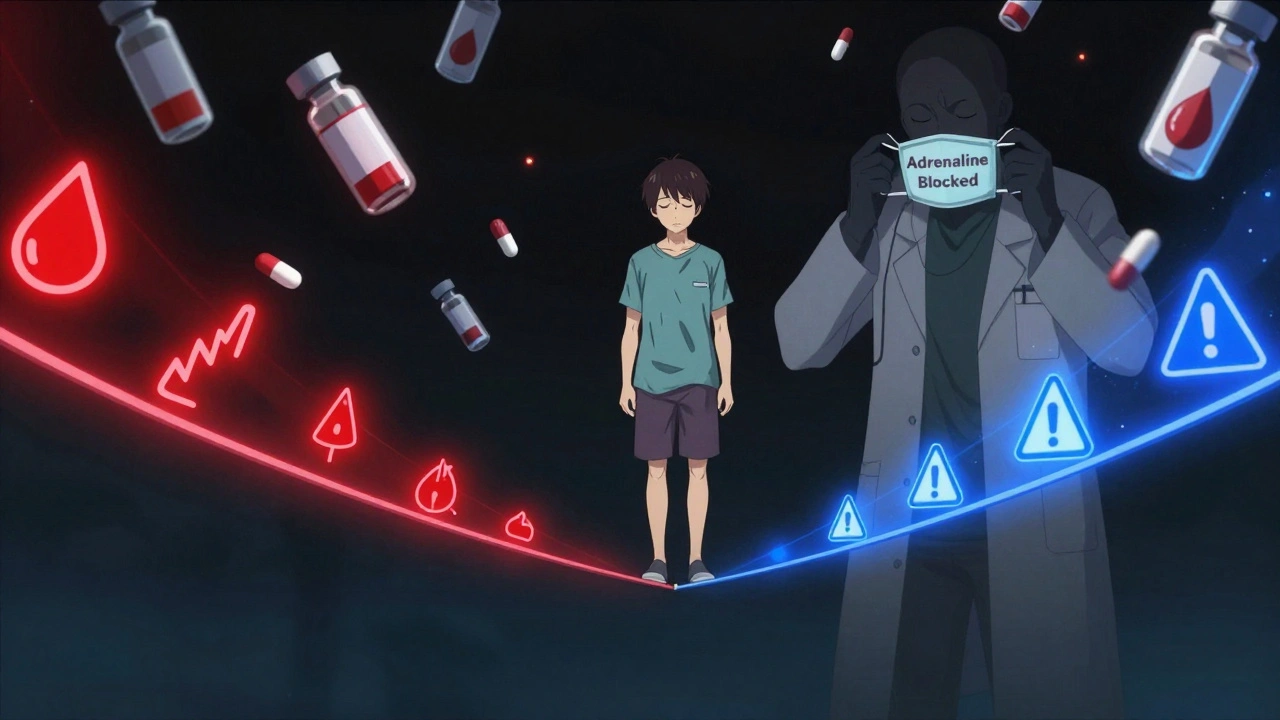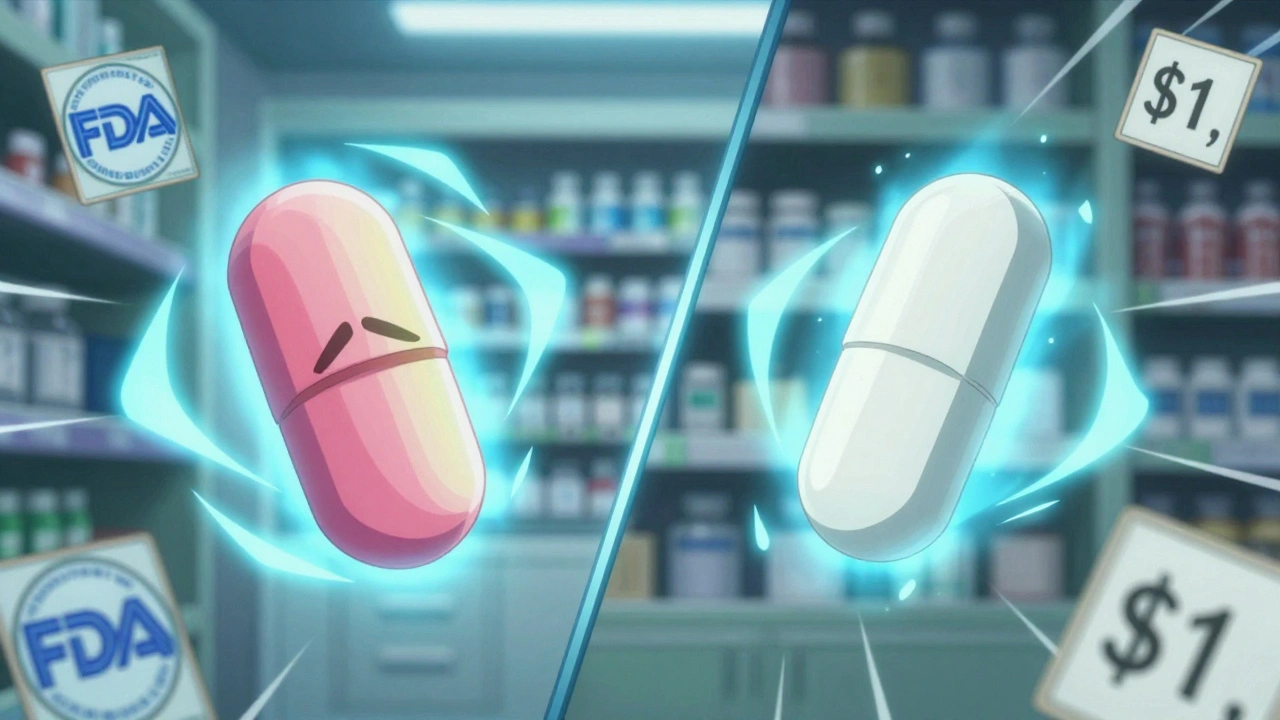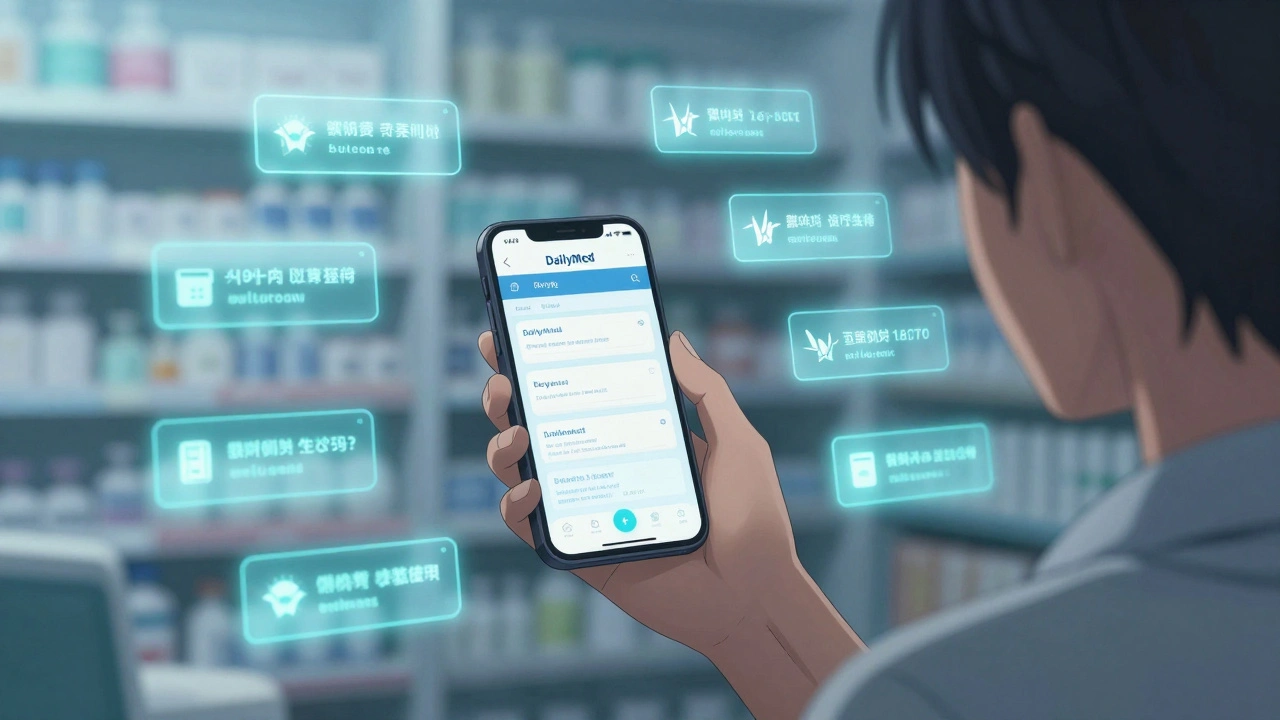Freckles: what they are and what you can do about them
Freckles are small, flat, brown spots that pop up where skin gets sun. They’re usually harmless and come down to two things: your genes (often the MC1R gene) and UV exposure. If you’ve noticed more freckling after a summer, that’s the sun doing its work—exactly where skin makes extra pigment to protect itself.
What causes freckles and how they differ from other spots
Freckles (ephelides) are different from age spots or moles. Freckles are tiny, fade in winter, and often appear in people with lighter skin. Lentigines or "age spots" stay year-round and come from long-term sun damage. Moles are raised or darker and sometimes need a doctor’s look. If a freckle changes shape, color, or bleeds, get it checked—better safe than sorry.
Quick facts: freckles are triggered by UV light, not dirt or diet. Genetics decides how easily you freckle; sun decides how many show up.
Safe ways to prevent and reduce freckles
Sunscreen is your best tool. Use a broad-spectrum SPF 30+ every day on exposed skin. Reapply every two hours if you’re outside, and more often if swimming or sweating. Physical blockers (zinc oxide or titanium dioxide) offer strong protection and are good for sensitive skin.
If you want to fade freckles, start with gentle, proven options before jumping to harsh treatments. Topical vitamin C brightens and evens tone; use a stable formula and apply in the morning under sunscreen. Azelaic acid and kojic acid can help fade pigment without the irritation hydroquinone sometimes causes. Prescription retinoids speed cell turnover and can reduce pigmentation over weeks to months—ask a dermatologist or pharmacist before starting.
Procedures work faster but carry risks. Chemical peels, microdermabrasion, IPL or Q-switched lasers can lighten freckles, but they must be done by experienced professionals. Darker skin tones have higher risk of hyperpigmentation after these treatments, so talk to a derm who understands skin of color.
Covering up is fine too. Use mineral makeup or concealer with SPF to camouflage spots for special events. Self-tanners quickly even tone without sun damage—always apply to clean, exfoliated skin for best results.
Home remedies like lemon juice or harsh scrubs can irritate skin and make pigment worse. Skip aggressive DIY bleaching and check with a pro instead.
If you’re thinking about creams or prescription products, chat with a pharmacist or dermatologist. PharmacyRxWorld shares reliable info about meds and skin treatments so you can choose safely. Want to know which fade cream fits your skin type? Ask and I’ll point out options and what to expect.
The different types of freckles and what they can reveal about your ancestry
In my latest blog post, I discuss the various types of freckles and how they can provide insights into our ancestry. By understanding the differences between ephelides, lentigines, and other freckle types, we can learn more about our genetic heritage. It's fascinating to discover how certain freckles are more common in specific ethnic groups, offering clues about our roots. I invite you to read more about this intriguing topic and explore the connection between freckles and ancestry. So, come join me on this journey of uncovering the stories behind the spots on our skin!






